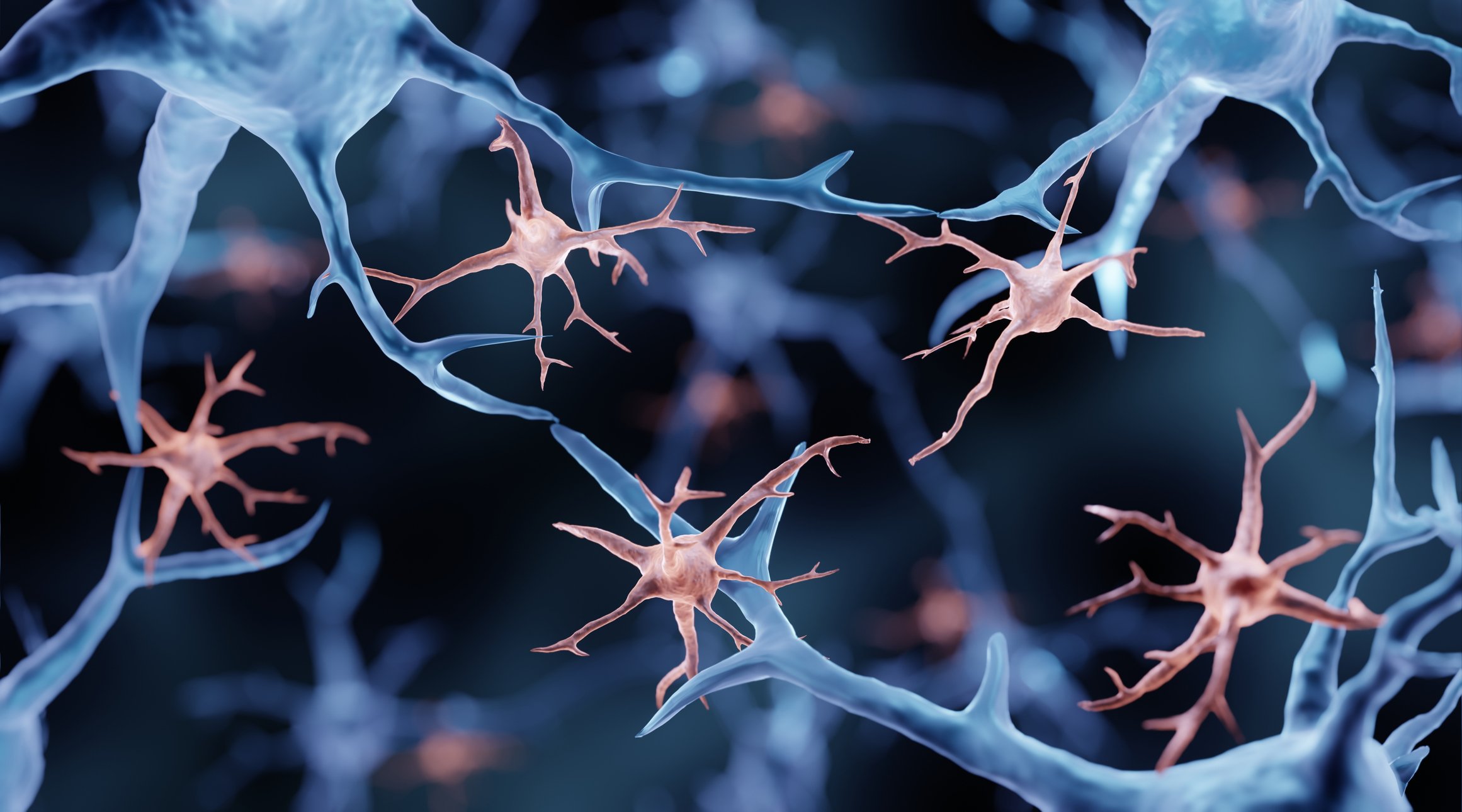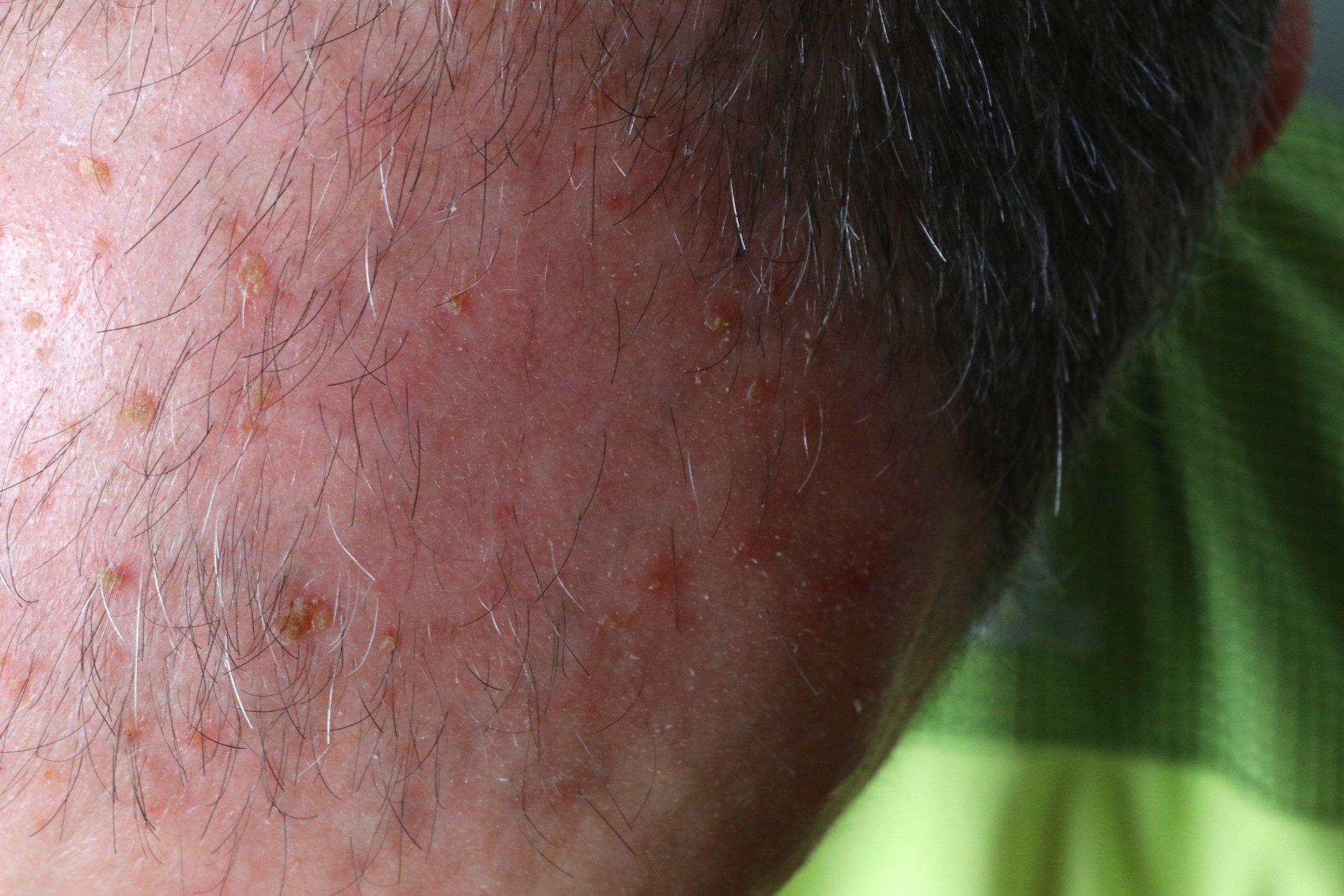Chronic kidney disease (CKD) is associated with a number of cardiovascular complications. Because of the high mortality rate attributable to cardiovascular disease, most patients with progressive CKD die before reaching renal failure. What to look for in CKD patients with treatment-resistant hypertension and therapeutic options.
Resistant hypertension is defined as blood pressure that remains uncontrolled despite concomitant use of ≥3 classes of antihypertensive medication or treatment with ≥4 classes of antihypertensive medication regardless of blood pressure levels.
The American Heart Association (AHA) revised the definition of resistant hypertension in 2018 and added three important aspects to the definition:
- Bei Patienten mit etablierten kardiovaskulären Erkrankungen oder solchen mit einem 10-Jahres-Risiko für atherosklerotische kardiovaskuläre Erkrankungen von mehr als >10% liegt die Blutdruckschwelle für die Kontrolle niedriger (unter <130/80 mmHg)
- Zusätzlich zu Renin-Angiotensin-System (RAS)-Inhibitoren sollten bei der Behandlung dieser Patienten immer ein lang wirksamer Kalziumkanalblocker und ein Diuretikum eingesetzt werden.
- Die pseudoresistente Hypertonie, die durch einen «Weisskitteleffekt» oder die Nichtanwendung von blutdrucksenkenden Medikamenten verursacht wird, sollte ausgeschlossen werden.
To establish the diagnosis of resistant hypertension, several criteria must be met, as Prof. Dr. Andrzej Więcek, Department of Nephrology, Transplantation, and Internal Medicine, Medical University of Silesia, Katowice, explained in a review lecture [1]: First, patients on 3 or more antihypertensive medications should be screened and accurate blood pressure measurement confirmed (usually by 24-hour ambulatory blood pressure measurement or by home measurement). Thereafter, healthy lifestyle habits and sodium restrictions, as well as adherence to antihypertensive medications, should be reviewed and discussed with the patient, which can be quite difficult. The next thing to do is to stop taking medications or other substances that increase blood pressure. Diuretics that have not been used previously should be administered. Finally, secondary causes of hypertension should be excluded.
Complex pathophysiology
A recent review paper published by the European Renal and Cardiovascular Medicine Working Group of the European Association [2] shows that the pathophysiology of arterial hypertension in patients with chronic kidney disease is very complex when the global glomerular filtration rate (GFR) decreases: There is decreased natriuresis followed by expansion of extracellular fluid, which is one of the most important factors in the pathogenesis. The next factor is vasoconstriction caused by increased activity of the sympathetic nervous system and increased activity of the renin-angiotensin system. Finally, endothelial dysfunction is caused primarily by decreased nitric oxide bioavailability.
The prevalence of resistant hypertension is two to three times higher in patients with moderate to advanced CKD than in the population without CKD. According to Prof. Więcek, it is also important to distinguish between
- of apparently treatment-resistant hypertension and
- True treatment-resistant hypertension (with appropriate blood pressure measurement and information on medication use) diagnosed when pseudoresistant hypertension is excluded.
For the first time, a systematic review and meta-analysis was performed to estimate the specific prevalence of apparent treatment-resistant, pseudoresistant, and actual treatment-resistant hypertension among treated patients with hypertension worldwide. In addition, the prevalence of apparent hypertension in CKD patients was determined [3]. For this analysis, uncontrolled blood pressure with a value of ≥140/90 mmHg was used. 91 studies published between 1991 and 2017 that included data from a pooled sample of 3 207 911 patients with hypertension on antihypertensive medications worldwide were included. Most studies (n=64, 70%) used practice blood pressure only.
The results show that the range of apparent resistant hypertension from about 10% to 14% was quite wide, but the major proportion of resistant hypertension in all hypertensive patients (excluding CDK patients) was 14.69%, the expert explained. 10.25% were accounted for by truly resistant hypertension. In this group, too, the range was quite wide, from 5% to 30%. Interestingly, pseudoresistant hypertension was also found in 10.26% of this hypertensive population. The prevalence of apparent resistant hypertension in CKD patients was calculated to be 28.8%. An almost similar percentage of 21.6% was found in kidney transplant patients. However, the prevalence of true resistant hypertension in CKD patients was slightly lower at 22.9%. The proportion of pseudoresistant hypertension in CKD patients was only 7%, lower than in the general population, where the proportion of hypertensives exceeded 10%.
Spironolactone with advantages
The most recent 2021 European Society of Cardiology (ESC) guidelines for the treatment of hypertensive patients in the general population suggest that a fixed combination of 2 or 3 drugs such as angiotensin-converting enzyme inhibitors (ACEi) or an angiotensin receptor blocker (ARB) plus a calcium channel blocker (CCB) or diuretic should be used in first- and second-line therapy. If this combination is not sufficient to achieve the goal of a systolic blood pressure of <140 to 130 mmHg, combination therapy of 3 drugs with ACEi or ARB plus CCB plus diuretic should be used if tolerated in the third line of therapy. If this combination therapy of 3 drugs also does not achieve the desired effect, spironolactone is suggested in the fourth line of therapy. It is based on the Pathway 2 trial, in which spironolactone was shown to be the most effective additional drug for the treatment of resistant hypertension (Fig. 1) [4].
However, for CKD patients, a lower target systolic blood pressure (SBP) of <120 mmHg was suggested in the KDIGO 2021 guideline [5], if tolerated. Of course, the drug combination is similar, Prof. Więcek explained: renin-angiotensin system blockers as first-line therapy, plus a long-acting calcium channel blocker and diuretics are recommended. β-Blockers are recommended when there are specific indications, usually for cardiovascular reasons.
The advantage of spironolactone vs doxazosin or bisoprolol in Pathway-2 was clear, but patients with an eGFR below <45 ml/min/1.73m2 and a serum potassium concentration of >4.5 mmol/l were excluded from this study. “Therefore, we must remember that spironolactone is not recommended in CDK patients with an eGFR <45 ml/min/1.73m2,” the nephrologist said. In this case, the AMBER trial had shown that in patients with resistant hypertension and advanced chronic kidney disease, concomitant use of Patiromer allowed more sustained use of spironolactone by reducing the risk of hyperkalemia [6].
Therapeutic perspectives
In perspective, the expert mentioned a number of options that could be considered for the treatment of resistant arterial hypertension in CKD patients:
- SGLT2 inhibitors may reduce the risk of hyperkalemia and even reverse the increase in serum potassium caused by combined treatment with ACEi/ARB and mineralocorticoid receptor (MCR) antagonists in patients with chronic kidney disease.
- The nonsteroidal MCR antagonist finerenone has been the subject of several studies, but its effect on blood pressure is very modest. In contrast, esaxerenone and ocedurenone have a significant effect on blood pressure.
- Preclinical and Phase 1 studies have shown that aldosterone synthase inhibition with baxdrostat resulted in significant reductions in systolic and diastolic blood pressure in patients with refractory hypertension.
- Endothelin system blockers (especially endothelin receptor type 1 A [ETA]) also have an effect on the cardiovascular system and kidney. The dual endothelin receptor antagonist aprocitentan significantly lowered systolic and diastolic blood pressure in one study, but aprocitentan has been shown to cause severe treatment-related side effects such as edema or fluid retention. Therefore, assessment of the potential adverse consequences of fluid retention (especially in patients who are susceptible, including those with diabetes, chronic kidney disease, and preexisting heart failure) is very important. Loop diuretics, spironolactone, or both are recommended in affected patients.
- Chlorthalidone is an old but also very effective diuretic in stage 4 patients that can be used to lower blood pressure in resistant hypertension. Given the difficulties with the use of spironolactone (hyperkalemia and gynecomastia), chlorthalidone is an alternative treatment for resistant hypertension in advanced CKD. An important advantage of chlorthalidone over spironolactone, he said, is that the risk of hyperkalemia is virtually nonexistent. However, it did not improve cardiovascular outcomes compared with hydrochlorothiazide in hypertensive patients. Serum creatinine, blood pressure, blood glucose, and serum sodium must be carefully monitored.
- Finally, a new concept has been developed using renal denervation (RDN) with novel catheters and methods such as ultrasound-based renal denervation or alcohol-mediated renal denervation (using the Peregrine infusion catheter) with promising results.
Take-Home Messages
- The prevalence of resistant hypertension is 2- to 3-fold higher in CKD patients than in the non-CKD population.
- Nearly one in ten patients with hypertension may have pseudoresistant hypertension. Therefore, ambulatory blood pressure measurement should be introduced in routine clinical practice wherever possible, or home blood pressure measurement should be introduced as an alternative to office blood pressure measurement.
- ACEi (angiotensin-converting enzyme inhibitors) or ARB (angiotensin receptor blockers) remain the first choice in pharmacotherapy for hypertension in patients with CKD. Spironolactone is the standard treatment for resistant hypertension, but the associated risk of hyperkalemia limits its wide use in patients with moderate to advanced CKD.
- The thiazide-like diuretic chlorthalidone is effective in improving blood pressure control in patients with an eGFR <30 ml/min/1.73m2 and serves as an alternative therapeutic option for the treatment of resistant hypertension in advanced CKD.
- Discontinuation of ACEi or ARB in patients with advanced CKD does not stabilize or improve renal function.
- New antihypertensive drugs such as the nonsteroidal MRAs ocedurenone or esaxerenone, the aldosterone synthase inhibitor baxdrostat, and the dual endothelin receptor antagonist aprocitentan are currently being studied in clinical trials and offer hope for better blood pressure control in CKD patients with resistant hypertension.
Congress: ERA 2023
Sources:
- Więcek A: Vortrag «Treatment resistant hypertension in pre-dialysis CKD patients», Session «Hypertension in CKD: progress in pathophysiology and therapeutic innovation»; ERA 2023, 16.06.2023.
- Zoccali C, et al.: Cardiovascular Research 2023; doi: 10.1093/cvr/cvad083.
- Noubiap JJ, et al.: Heart 2019; 105: 98–105.
- Williams B, et al.: Lancet 2015; 386: 2059–2068; doi: 10.1016/S0140-6736(15)00257-3.
- Cheung AK, et al.: Kidney Int 2021; 99: 559–569; doi: 10.1016/j.kint.2020.10.026.
- Agarwal R, et al.: Lancet 2019; 394: 1540–1550; doi: 10.1016/S0140-6736(19)32135-X.
HAUSARZT PRAXIS 2023; 18(8): 28–29












